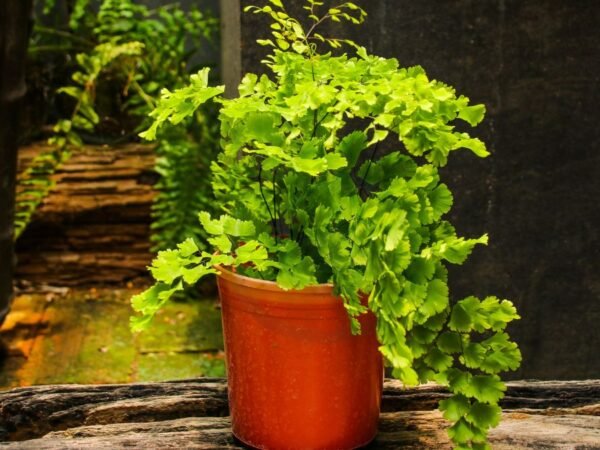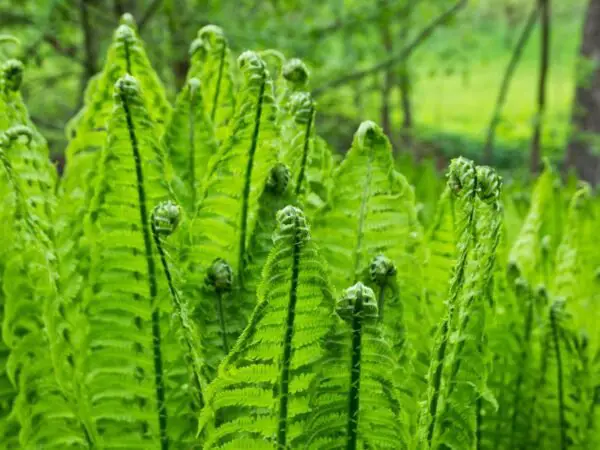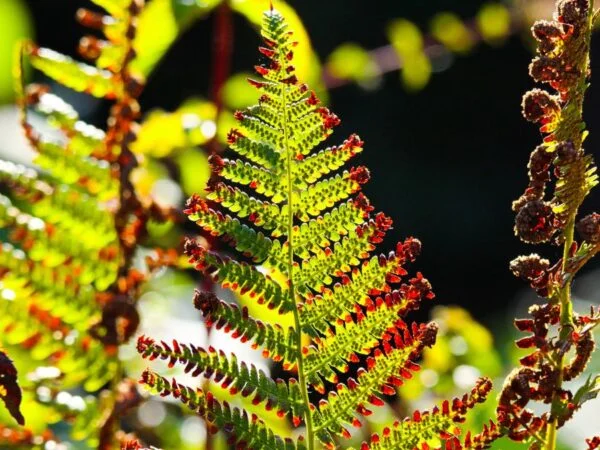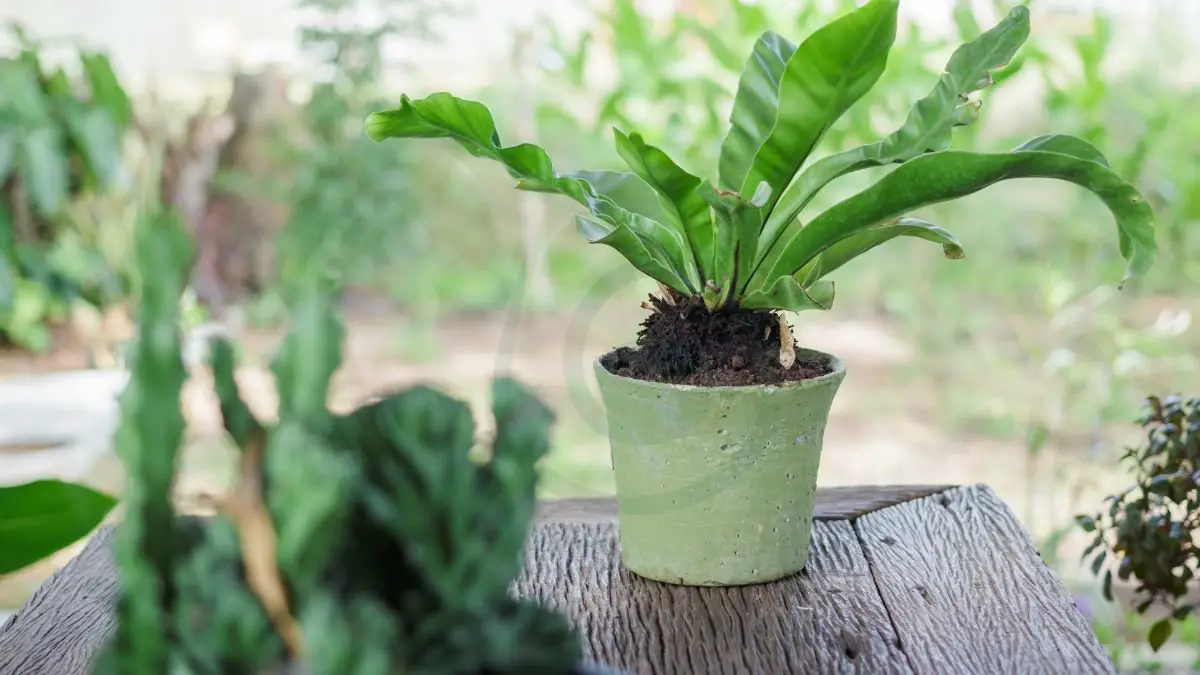
Caring for a Birds Nest Fern is simpler than it might seem. With the right knowledge and attention, you can ensure your houseplant thrives with proper care in any environment. Let's explore some key tips to keep your Birds Nest Fern, a houseplant, healthy and vibrant in a planter.
Birds Nest Ferns are native to tropical regions and thrive in humid environments with indirect sunlight. To care for them, ensure they're planted in a well-draining soil planter and water them regularly, keeping the roots moist but not soggy. They prefer temperatures between 60-80°F (15-27°C) and benefit from occasional misting to mimic their natural habitat. Avoid placing them in direct sunlight, as this can scorch their delicate fronds. Additionally, fertilize them lightly every 2-3 months during the growing season to encourage healthy growth. By following these simple guidelines, you can enjoy a flourishing Birds Nest Fern in your home or garden.
Ready to dive deeper into the world of fern care? From propagation techniques to troubleshooting common issues, there's plenty more to discover about nurturing these fascinating plants. Whether you're a beginner or a seasoned plant enthusiast, there's always more to learn about keeping your Birds Nest Ferns thriving and beautiful.
Key Takeaways
- Provide your Birds Nest Fern with indirect sunlight to thrive.
- Use well-draining soil to maintain optimal growth conditions for your plant.
- Water your fern when the top inch of the soil feels dry to the touch.
- Regularly trim dead or yellowing fronds to promote healthy growth.
- Experiment with division or spores for successful propagation.
- Repot your fern every 1-2 years to prevent root-bound conditions.
Ideal Lighting Conditions
Light Intensity
Place the bird's nest fern in bright but indirect light to promote healthy growth. Avoid direct sunlight as it can cause leaf scorch. Optimal growth is achieved with filtered light.
Aim for 6-8 hours of indirect light daily for the fern to thrive. Keep an eye out for any signs of light stress, such as yellowing leaves. Adjust the duration of light exposure based on how the plant responds.
Light Duration
Shield the fern from direct sun rays to prevent leaf damage and maintain its health. Choose locations with dappled sunlight or use sheer curtains to filter the light. Ensure that the plant receives gentle, indirect sunlight throughout the day.
Soil Composition
Soil Type
Choose a well-draining potting mix with plenty of organic matter to support the growth of your bird's nest fern. Opt for a soil mix that can retain moisture without getting waterlogged, promoting healthy root development. Consider enhancing drainage by incorporating perlite or sand into the mix.
Drainage Needs
Ensure your pot has adequate drainage holes to prevent water from accumulating at the bottom, which can lead to root rot. Utilize a potting mix that allows excess water to drain freely, maintaining a balanced moisture level for your plant. Avoid any standing water in the pot, as it can suffocate the roots and cause damage.
pH Levels
Maintain a slightly acidic to neutral pH level in the soil for optimal growth of your bird's nest fern. Periodically test the soil pH using a reliable pH meter to ensure it falls within the desired range. If necessary, adjust the pH levels by incorporating appropriate amendments to create an ideal environment for your plant.
Watering Guidelines
Water Frequency
- Water the fern based on soil dryness, typically when the top inch is dry.
- Adjust watering frequency according to environmental factors like temperature and humidity.
- Prevent root rot by avoiding overwatering the bird's nest fern.
Moisture Level
- Check soil moisture by feeling an inch below the surface for consistency.
- Keep soil moist, not waterlogged, to maintain optimal growing conditions.
- Adapt watering routines to humidity levels and the size of the bird's nest fern.
Water Quality
- Opt for room temperature, filtered water to ensure proper hydration.
- Refrain from using chlorinated water as it may negatively impact the plant's health.
- Consider utilizing rainwater to provide a natural and beneficial source of hydration.
Pruning Techniques
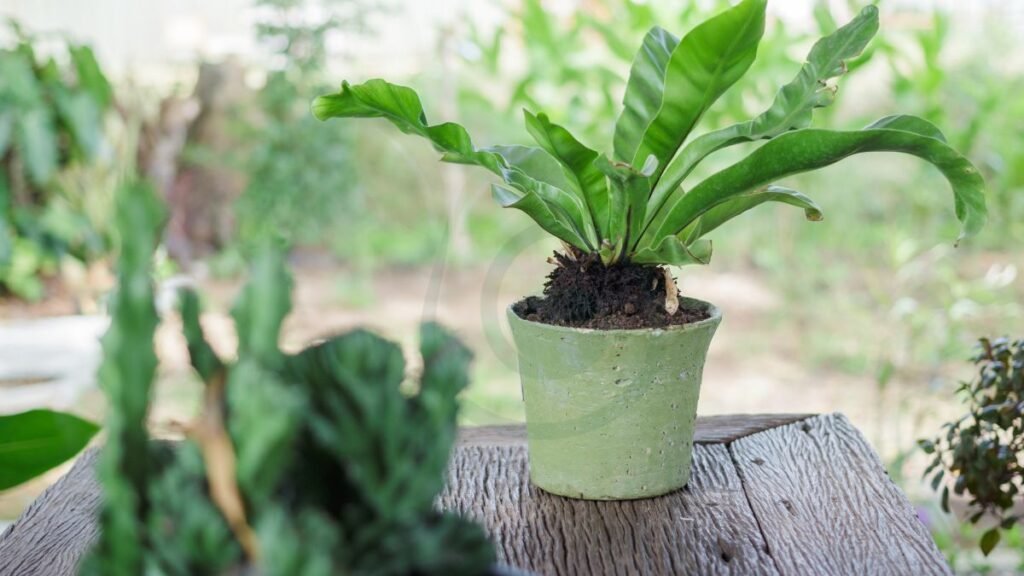
Dead Leaves
Remove dead or yellowing leaves promptly to maintain plant health. Trim brown tips to encourage new growth. Regularly inspect the plant for any signs of disease or pest infestation.
Growth Shape
Expect the bird's nest fern to grow in a rosette shape. Encourage outward growth by rotating the plant occasionally. Prune any overcrowded fronds for better air circulation.
Propagation Methods
Spore Harvesting
Collect spores from mature fronds for propagation. Allow spores to dry before sowing them on a suitable medium. Maintain high humidity levels for successful spore germination.
Division Technique
Divide overcrowded ferns to promote healthier growth. Separate the plant at the root level using a sharp, sterile tool. Repot divided sections in fresh soil to encourage new growth.
Repotting Essentials
Choosing Pots
When repotting your bird's nest fern, ensure to select a pot slightly larger than the current one. Opt for a shallow pot that accommodates its root system. Choose a pot with good drainage to prevent waterlogging.
Timing Repotting
Repot the bird's nest fern every 2-3 years to refresh the soil and promote healthy growth. Spring is ideal for repotting when the plant is actively growing. Monitor root growth as an indicator for necessary repotting.
Pest Management
Identifying Pests
Keep an eye out for common pests such as spider mites and mealybugs that can harm your bird's nest fern. Inspect the undersides of leaves for any signs of infestation, like webbing or tiny white bugs. When you notice pests, take action promptly to prevent further damage.
Treatment options include using natural or chemical remedies to eliminate the pests. For a more eco-friendly approach, consider opting for natural solutions before resorting to chemicals. Regularly checking your plant will help you catch any pest issues early on.
Natural Remedies
Utilize neem oil or insecticidal soap as effective natural remedies to control pests on your bird's nest fern. These solutions are gentle on the plant while effectively combating unwanted insects. Another natural method is introducing beneficial insects like ladybugs, which feed on harmful pests without harming your plant.
To create a simple homemade remedy, mix a mild soap solution and wipe the leaves of your fern with it. This acts as a deterrent to pests and helps keep them at bay. Implementing these natural remedies not only protects your plant but also maintains a healthy environment for it to thrive.
Disease Prevention
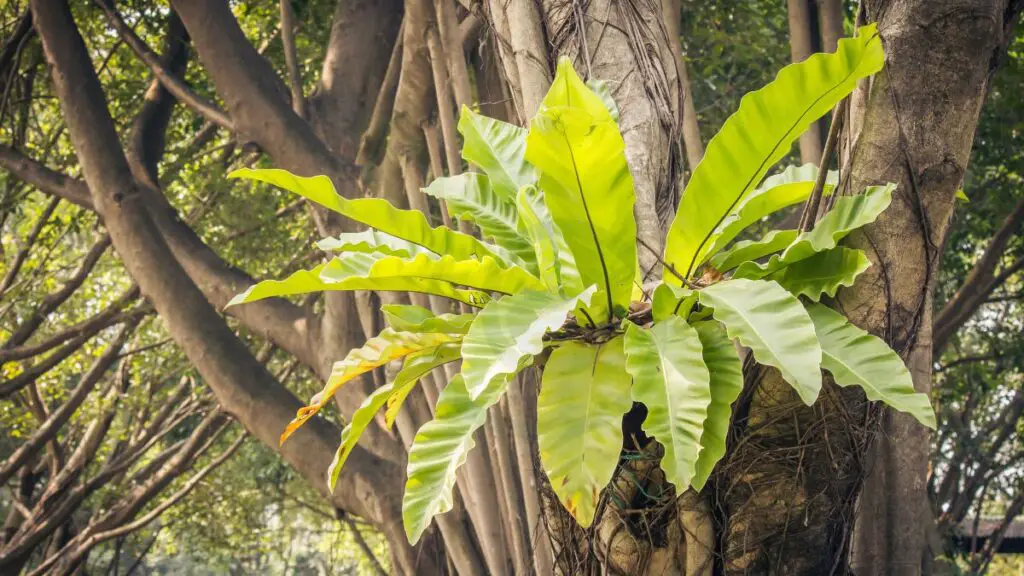
Common Diseases
Bird's nest ferns are susceptible to fungal diseases like root rot, especially in overly wet conditions. These infections can be treated effectively with a fungicide approved for ferns. To prevent the spread of diseases, it is crucial to maintain good air circulation around the plants.
Preventive Measures
To keep your bird's nest fern healthy, it is essential to avoid overwatering, as this can lead to root rot and fungal diseases. Another preventive measure is to quarantine new plants before introducing them to your existing collection to prevent the introduction of pests. Make sure to clean and sterilize gardening tools regularly to avoid spreading diseases among your plants.
Troubleshooting Tips
Curling Leaves
Bird's nest fern leaves can curl due to improper watering. Adjust watering frequency to avoid under or overwatering, which can stress the plant. Increase humidity levels around the plant to prevent leaf curling. Check for pests or nutrient deficiencies that could be causing the issue.
Pale Leaves
Pale leaves indicate a lack of adequate indirect light. Ensure your fern receives enough light without being exposed to direct sunlight, which can scorch its leaves. Adjust fertilization to provide essential nutrients for healthy growth. Monitor soil moisture levels consistently to prevent nutrient deficiencies that may lead to pale leaves.
Yellowing Leaves
Yellowing leaves are often a sign of overwatering or poor drainage. Check the soil's drainage capacity and adjust watering accordingly. Trim yellow leaves promptly to redirect the plant's energy towards healthy growth. Regularly monitor soil moisture levels and adjust the watering schedule as needed based on the plant's requirements.
Browning Tips
Browning tips on bird's nest ferns can be trimmed with sterile scissors to maintain the plant's aesthetics. To prevent further browning, increase humidity levels around the plant, especially in dry indoor environments. Avoid using water rich in fluoride, as it can cause tip burn on the fern's delicate foliage.
Closing Thoughts
You've now got the lowdown on how to care for your birds nest fern. From ideal lighting conditions to disease prevention, you're armed with the knowledge to keep your fern thriving. Remember, proper care leads to a happy and healthy plant that will beautify your space.
Take action today! Implement these tips and tricks to ensure your birds nest fern flourishes. Share your newfound expertise with fellow plant enthusiasts and watch your green thumb skills grow. Your feathered friend will thank you for the TLC!
Frequently Asked Questions
How much light does a birds nest fern need?
Birds nest ferns prefer indirect, filtered light or partial shade. Too much direct sunlight can scorch their leaves. Place them near a window with sheer curtains for optimal lighting conditions.
Can I use regular potting soil for birds nest ferns?
No, birds nest ferns require well-draining soil to prevent root rot. Use a mix of peat moss, perlite, and pine bark for ideal soil composition.
How often should I water my birds nest fern?
Water your birds nest fern when the top inch of soil feels dry to the touch. Typically, they require watering once a week, but adjust based on environmental conditions like humidity levels.
When should I prune my birds nest fern?
Prune your birds nest fern by trimming yellow or brown fronds close to the base using clean scissors. Regular pruning helps maintain the plant's health and appearance.
How can I propagate my birds nest fern?
You can propagate birds nest ferns through division or spores. Divide the plant carefully at the root ball or collect spores from mature fronds to start new plants.
Image Source: Paid image from CANVA

